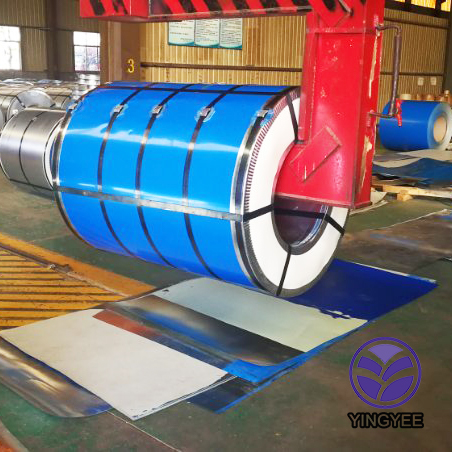
Curved Door Frame Roll Forming Machine A Revolution in Door Manufacturing
In the ever-evolving landscape of manufacturing, innovations continuously redefine production techniques, and one such groundbreaking advancement is the curved door frame roll forming machine. This specialized equipment has transformed the way manufacturers produce door frames, offering a blend of efficiency, precision, and versatility.
Understanding Roll Forming
Before delving into the specifics of the curved door frame roll forming machine, it’s essential to understand the roll forming process itself. Roll forming is a continuous bending operation where coiled metal strip is passed through consecutive sets of rollers, which progressively shape the metal into the desired cross-sectional profile. This technique is mainly used for producing long lengths of uniform cross-sectional shapes, making it ideal for various structural components, including door frames.
The Importance of Curved Door Frames
Curved door frames are becoming increasingly popular in contemporary architecture and interior design. They add aesthetic appeal and a touch of elegance to spaces, distinguishing them from traditional rectangular door frames. Curved frames can be installed in modern residential properties, commercial buildings, and even artistic installations, proving their versatility and appeal across multiple markets.
Advantages of Curved Door Frame Roll Forming Machines
1. Precision and Consistency One of the most significant advantages of using a roll forming machine is the ability to achieve high precision in terms of dimensions and tolerances. This consistency ensures that every door frame produced is uniform, which is crucial for installation and aesthetics.

2. Efficiency in Production The roll forming process is highly efficient. Once the machine is set up and calibrated, it can produce curved door frames at a rapid pace, drastically reducing the time needed for manual fabrication. This efficiency translates to lower labor costs and increased output, making it a valuable investment for manufacturers.
3. Material Utilization Roll forming is a material-efficient process. The continuous feed of metal sheets minimizes waste compared to other fabrication techniques, where cutting and trimming can lead to significant scrap. This efficiency not only reduces costs but also promotes sustainability in manufacturing.
4. Customization Curved door frame roll forming machines can be designed to accommodate various materials, including steel, aluminum, and even some types of plastics. Additionally, they allow for customization in terms of design and dimensions. Manufacturers can create bespoke frames to meet specific customer requirements, enhancing their service offerings.
5. Reduced Lead Time With the ability to automate the manufacturing process, curved door frame roll forming machines reduce lead times. This quick turnaround is essential in an industry where time is money, enabling manufacturers to meet customer demands swiftly.
6. Durability and Strength Curved door frames produced through roll forming possess enhanced structural integrity due to the cold-working nature of the process. The stress distribution in curved profiles improves their strength, making them suitable for high-traffic areas and enhancing their longevity.
Conclusion
The curved door frame roll forming machine represents a significant leap forward in door manufacturing technology. By combining precision, efficiency, and customization, it enables manufacturers to meet modern architectural demands while maintaining cost-effectiveness. As the trend toward unique and aesthetically pleasing designs continues to grow, investing in advanced machinery like the curved door frame roll forming machine may provide manufacturers with a competitive edge in a dynamic marketplace.
In summary, the adoption of curved door frame roll forming machines not only streamlines production but also meets the evolving tastes of consumers and architects alike. As the industry moves forward, those who embrace these technological advancements will be well-positioned to thrive in the future of manufacturing.